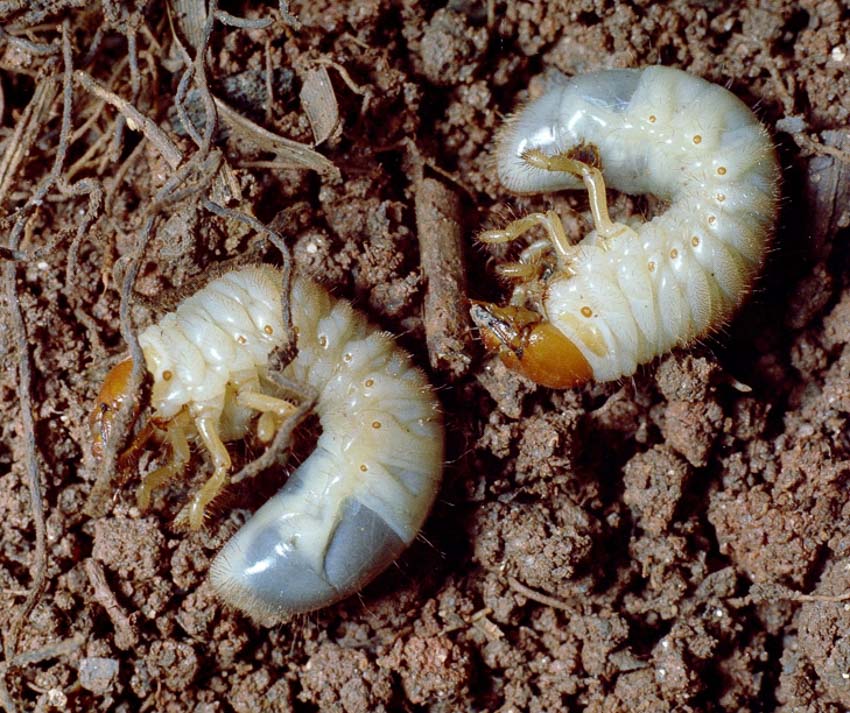A Comprehensive Guide to Getting Rid of Lawn Grubs
Unless you control them, grubs that feed on the roots of your grass will cause extensive damage to your lawn, leaving it patchy and sparse. This comprehensive guide will help you understand how to get rid of grubs, identify infestations, and prevent future outbreaks.
What are lawn grubs?
Lawn grubs are the squirmy white larvae you see when digging into your soil. They have brown heads and three pairs of legs, and they eventually mature into a beetle, such as a June bug or a Japanese beetle.
Lawn grubs are about three-quarters to an inch long and curled into a C-shape, which is why they are also called curl bugs.
Why is it important to get rid of lawn grubs?
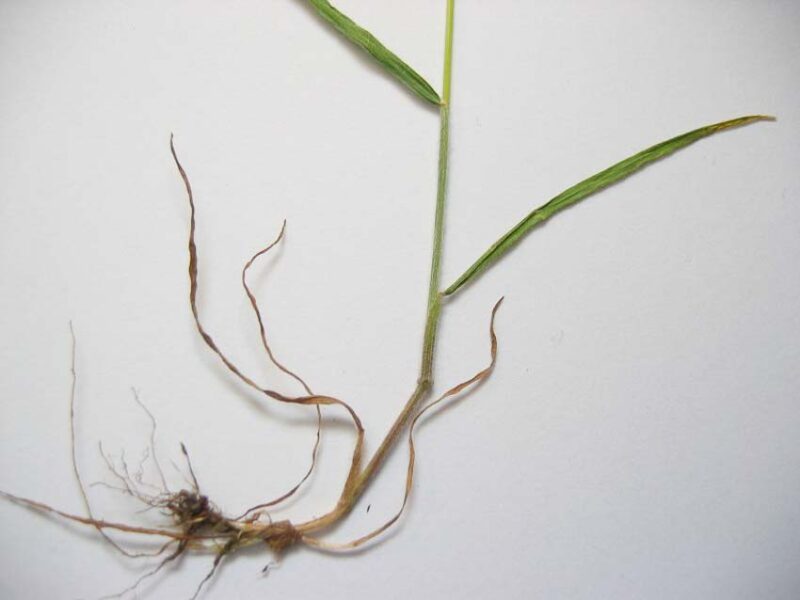
Grubs feed on the roots of the grass in your lawn, causing ugly patches of dead, brown grass.
By destroying the root system, they make your lawn vulnerable to drought, heat, and disease. They also attract other pests, like raccoons and skunks, which can cause even more damage to your lawn by digging for grubs.
Since lawn grubs live underneath the surface of your lawn, it can be hard to tell they are there. However, a grub infestation will quickly destroy a healthy, green lawn once they feed in spring and early summer.
Understanding the Lawn Grub Lifecycle
As a lawn enthusiast, it helps to know about the lawn grub lifecycle so you can learn how to prevent and treat your lawn for grub infestations. Most insects use one of four types of metamorphosis to mature, and about 75% of them undergo complete metamorphosis.
The lawn grub lifecycle has four parts, including the egg, larval (or grub), pupal, and adult stages. Understanding the lifecycle will help you know when to apply grub control methods.
Eggs
Adult beetles lay their eggs in your lawn from mid-May to August, and they usually hatch within a few days. Once the eggs hatch, the grubs enter the larval stage, and they start feeding on the roots of your grass.
Larvae
The larval stage consists of three stages called instars.
First, because insects have exoskeletons, they must molt to shed their skins so they can increase in size. Then, at each instar, the larva molts and gets bigger.
The best time to treat your lawn for grubs is during the first instar. Each time they molt, the size of the grubs increases exponentially, and they can do more and more damage to your lawn.
Lawn grubs only spend a few weeks in the first two instars. After that, they spend most of their lifecycle in the third and final instar, which is when they do the most damage to your lawn.
In late fall, lawn grubs dig deep into the ground to protect themselves from cold temperatures. When the soil warms up in the spring, they return to the root zone and start feeding again.
Pupae
The pupal stage is short, and there is very little activity. Before emerging from the ground, lawn grubs rest for a few weeks while they metamorphose.
Adult beetles

Once the adult beetles emerge from the ground, they start their mating flights. Mating flights happen at night and last for two to three weeks.
Much of the feeding happens during the grub phase, but adult beetles also cause significant damage to plants. Japanese beetles are known for their voracious appetite, and they will feed on the foliage of over 300 types of plants.
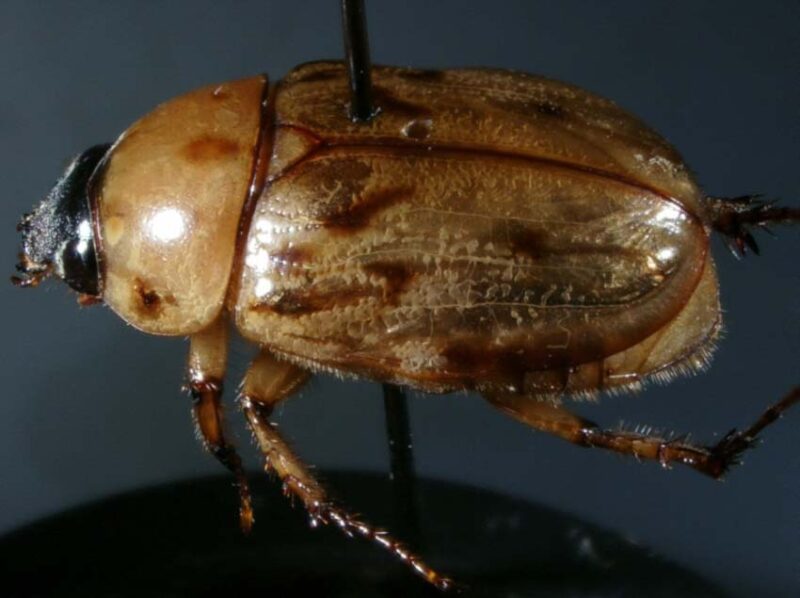
The lifecycle of many beetles lasts only one year, but some, like June bugs, have a one to three-year lifecycle.
Identifying Lawn Grub Infestations
Having a few grubs in your lawn is normal, so seeing one or two isn’t cause for alarm. Before you start treating your grass for grubs, look for signs that you have a grub infestation.
Signs of infestation
Look for these telltale signs that you have a grub infestation.
Irregular brown patches
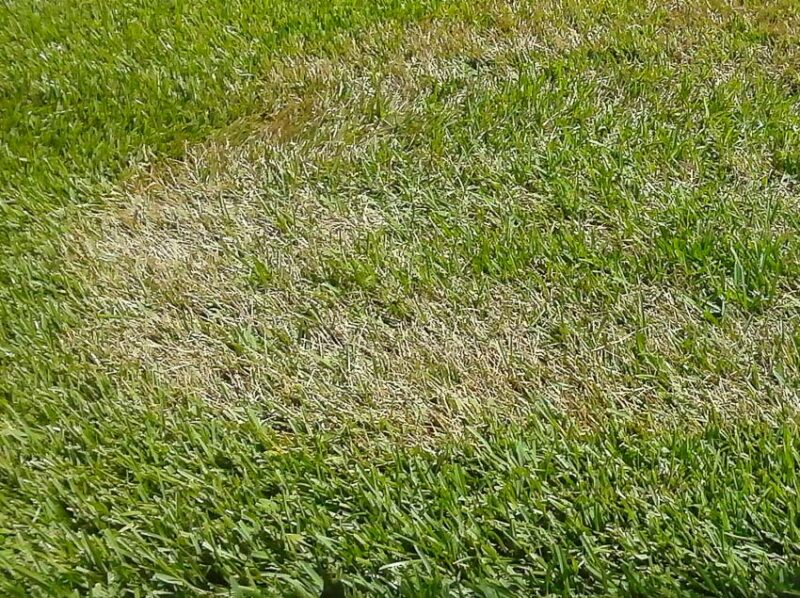
Grubs grow exponentially in the final instar, and the damage caused by their feeding becomes visible as oddly shaped patches of dead grass appear, usually in mid to late summer.
Spongy and loose turf
Extensive damage to the thick layer of roots causes the soil in your lawn to become spongy. You may notice that it feels springy or loose when you walk on it.
Increased bird activity
In addition to attracting pests like raccoons and skunks, you might notice increased bird activity. Crows, starlings, robins, and jays are natural grub predators.
Visible grubs or beetles
The early summer mating flights of beetles are an indicator of a grub problem. Finding grubs in your soil while tending to your lawn and garden may also indicate a grub infestation.
Confirming the presence of grubs
The best way to confirm the presence of grubs and determine if you have an infestation is to peel back a square foot patch of turf and count how many grubs you find. You don’t need to dig deep because most grubs will be in the first few inches of soil during the feeding season.
If you find less than five grubs per square foot, it’s considered normal. However, anything over five to ten grubs per square foot is the threshold at which considerable damage to your lawn can occur.
Preventing Lawn Grub Infestations
Fortunately, there are several effective methods to prevent lawn grub infestations. By following best practices for lawn care and using natural methods, you can avoid most grub problems before they damage the grass in your yard.
Lawn maintenance best practices
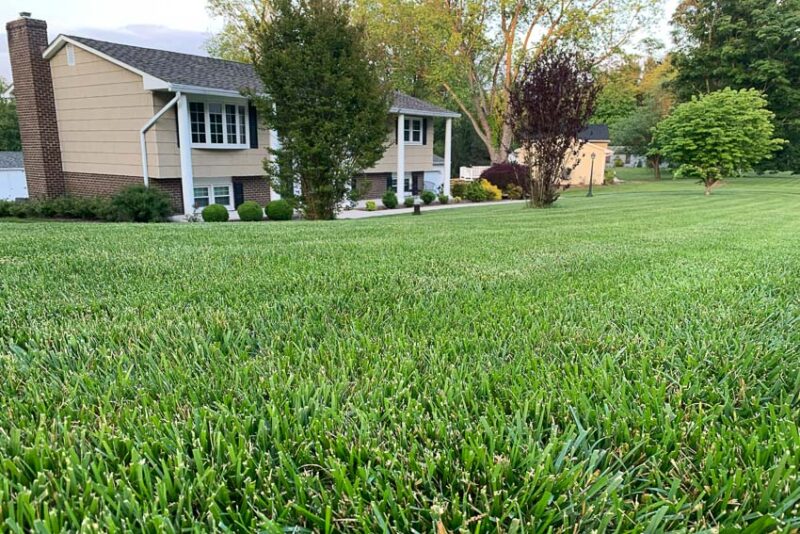
The best way to prevent lawn grub infestations is to have thick, healthy grass. Follow best practices for lawn maintenance to keep your lawn in top condition and avoid grub infestations.
Mowing at the proper height
Cutting your lawn too short makes it susceptible to weeds, pests, and diseases, including beetle infestations. It is difficult for beetles to lay their eggs in tall grass.
Watering schedule
Watering a couple of times a week deeply is better than watering every other day. The best time to water your lawn is in the morning because it allows the moisture to soak into the soil and gives the grass a chance to dry out.
Beetle eggs need moisture to hatch, so you give them exactly what they need to survive when watering too often. If you have had a severe infestation of grubs in the past, try to avoid watering your lawn for two to three weeks after the mating flights to prevent another outbreak.
Aerating the soil
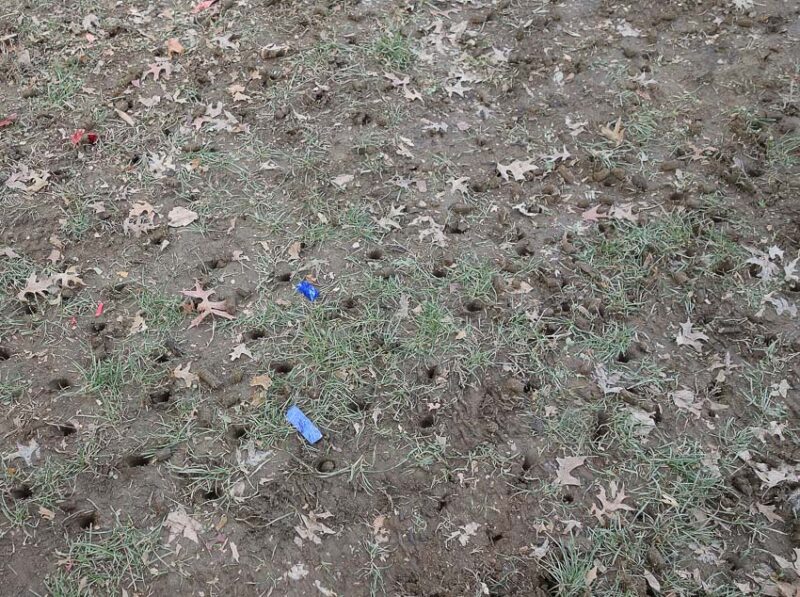
Grass needs more than water and nutrients to thrive. The roots need to be able to absorb oxygen, and in heavily compacted soil, your lawn will struggle.
A strong root system translates to healthy turf that’s more likely to resist pests like grubs. It also helps to dethatch your lawn because excess thatch provides a breeding ground for pests, fungi, and diseases.
Fertilizing the right way
Your lawn needs nutrients, but overfertilizing can be just as problematic as not fertilizing at all. Learn how to fertilize your lawn the right way and follow a regular feeding schedule that keeps it healthy all year.
Introducing beneficial organisms
There are several beneficial organisms that you can use for effective grub control for lawns. Unlike large grub predators that cause extensive damage to your lawn, such as raccoons and armadilloes, you won’t even know these tiny creatures are there.
The following organisms are all safe and effective control methods that can be introduced in your lawn and garden to control grubs:
- Beneficial nematodes (Heterorhabditis bacteriophora )
- Milky spore bacteria (Paenibacillus popilliae )
- BT (Bacillus thuringiensis )
Using natural repellents
If you’re looking for organic ways to control grubs, you can use natural repellents like neem oil, castor oil, and homemade sprays. These natural repellents deter beetles and keep them from laying eggs in your grass.
- Neem oil comes from the neem tree (Azadirachta indica) and contains a naturally occurring pesticide.
- Red cedar oil will repel both adults and larvae.
- Castor oil won’t kill adult beetles, but it will kill eggs and larvae, and ultimately help you get rid of grubs. Castor oil granules are easy to apply, or you can spray a castor oil mix on your lawn with a pump sprayer. Make your own castor oil spray with two tablespoons of castor oil, two tablespoons of dish soap, and a gallon of water.
- Cayenne pepper sprays repel many insects and pests and are easy to make at home.
- Diatomaceous earth can be used when you are setting out bedding plants. Just sprinkle a little in the hole before planting, and then sprinkle some around the base of each plant.
Treating Lawn Grub Infestations
If you have more than ten grubs per square foot of soil in your yard, it’s time to treat for an infestation. Left unchecked, grubs and adult beetles can severely damage the grass, plants, and trees in your yard.
Chemical treatments
Chemicals used to treat grubs are used as grub preventers or killers. Each type needs to be applied at the right time to be effective.
If you are treating an existing infestation, it’s important to choose a method to get rid of grubs immediately.
Insecticides
The most common insecticides used to treat grub infestations are carbaryl and trichlorfon.
Carbaryl starts working within ten days to 2 weeks of treatment. It is more effective at killing European chafers than trichlorfon.
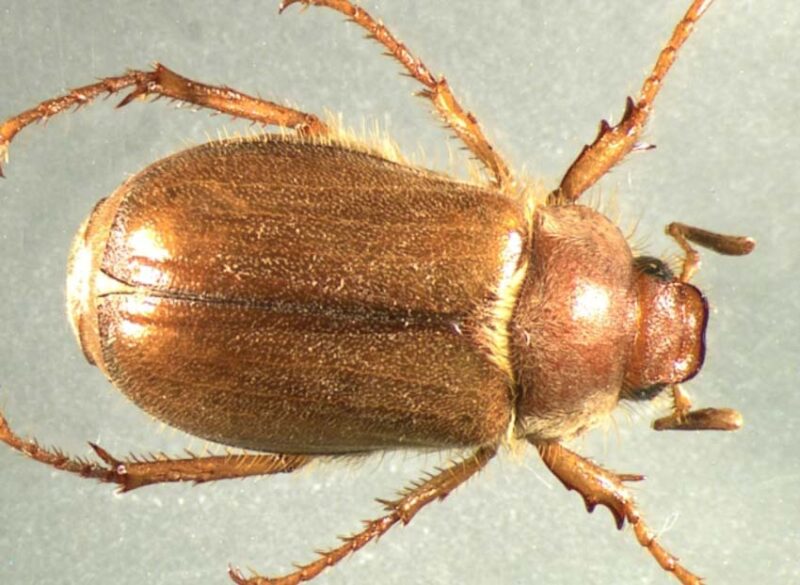
Trichlorfon is fast acting and starts working in as little as three days. However, it breaks down after a week to ten days and must be reapplied.
Grub prevention is most effective when insecticides like imidacloprid, thiamethoxam, and chlorantraniliprole are used for two consecutive years. These grub prevention chemicals will not work on existing grub populations, however.
Since insecticides can harm beneficial insects, you should mow your lawn short before applying them to avoid attracting honeybees.
Timing and application
Curative insecticides are the best option for getting rid of grubs in lawns where you’ve found high numbers in the fall or early spring. They should be applied in September and October to kill grubs in the fall and then again in the spring before grubs enter the pupal stage.
You must water your lawn before you apply curative insecticides like carbaryl and trichlorfon. Then, water again afterward to ensure that it soaks into the soil where the grubs are feeding.
They are available in liquid and granular forms.
Biological treatments
The two most common biological treatments for controlling grubs are nematodes and milky spore bacteria. These organic controls are remarkably effective, and they won’t harm people or pets.
Nematodes
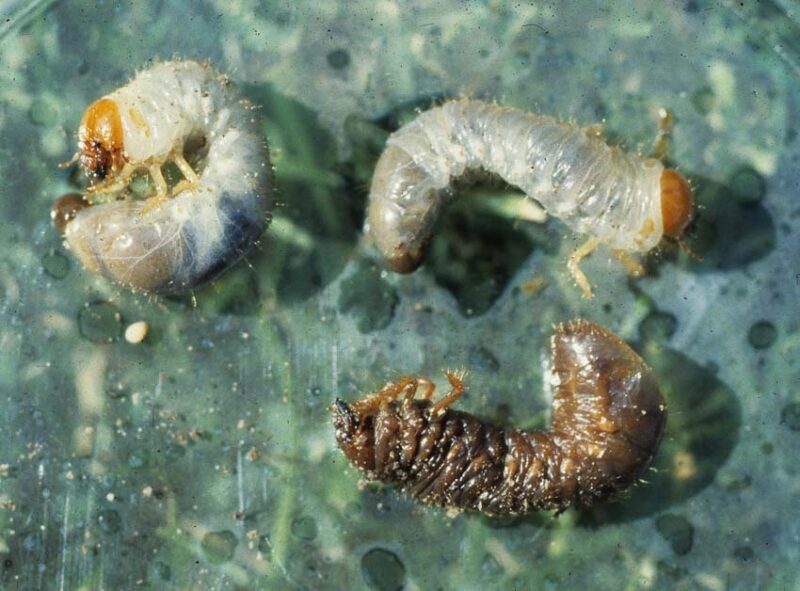
Nematodes are tiny parasitic worms, and they are one of the most effective methods of grub control.
Heterorhabditis bacteriophora is the most effective nematode for controlling Japanese beetles and European chafers. Nematodes are shipped in gel, liquid, and granule form in the juvenile stage of their life cycle.
For best results, you should apply them in mid to late August.
Milky spore
Milky spore bacteria (Paenibacillus popilliae) are applied to your lawn as a powder.
Once introduced to your soil, milky spore bacteria can effectively control grubs for up to 20 years. However, milky spore bacteria is only effective for controlling Japanese beetles, so it’s important to identify the type of beetle you have before using this product.
Apply it in the early fall using proper protective equipment to prevent irritation to your mouth and eyes.
Cultural controls
Exposing grubs to predators by plowing or tilling your soil can be a last-ditch effort to get rid of grubs in your lawn.
Removing infested turf
You can remove patches of turf infested by grubs to prevent further damage to your lawn. Replacing infested turf with new sod is a lawn grub control method you can use without replacing your lawn completely.
Seeding and overseeding
Plow your lawn in late fall or early spring and leave it unplanted for a week to allow natural predators time to do their job. Then, plow it again, level it, and reseed your lawn.
If you live in the southern United States, it’s best to reseed your lawn in the spring. Fall is the best time to plant cool-season grasses in northern regions.
You can also revive your lawn by overseeding it. Dethatch your lawn in the spring or fall and plant grass seed to fill in sparse or weak grass.
Frequently Asked Questions (FAQ)
What are the most common types of lawn grubs?
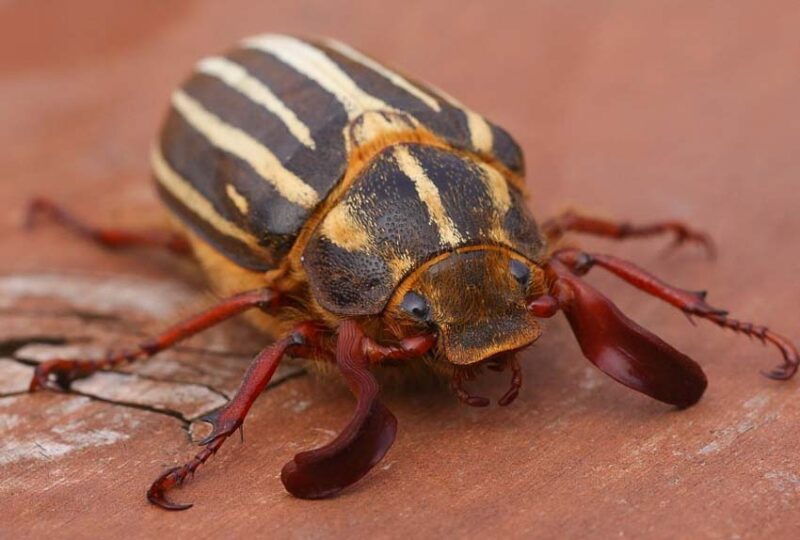
Japanese beetles, European chafers, and June bugs are the most common type of lawn grubs. Oriental beetles and Asiatic Garden Beetles are also common in many areas.
When is the best time to treat for lawn grubs?
The best time for grub treatment for lawns depends on what product you are using. Grub killer for lawns is effective when applied between mid-April and June, before grubs pupate, or in the fall, while they are still feeding.
Apply grub preventers in June and July. You can use natural methods at any time during the summer.
Are lawn grubs harmful to humans or pets?
Grubs aren’t harmful to people or pets. On the contrary, they are quite nutritious. Dogs have keen noses and may dig to find grubs they sniff out in your lawn.
How can I tell if my lawn is infested with grubs or has another problem?
Grubs, fungal growth, pet urine, chemical spills, and poor soil conditions can cause patchy spots in your lawn. Fungal growth is the most likely cause if your lawn is constantly wet.
To determine if grubs are the cause, peel back a layer of sod and look to see how many grubs there are.
Do I need to treat my entire lawn for grubs, or can I just treat the affected areas?
If you have an infestation in one part of your yard, treating just that area is okay to get rid of grubs. However, beetles may lay eggs in other parts of your lawn, so it makes sense to use a grub preventer to control them in your entire lawn. This can be either a chemical lawn grub control or organic methods like nematodes.
How long does it take to get rid of lawn grubs after treatment?
Grub killers that contain carbaryl and trichlorfon will start working in less than two weeks. If you’re using a grub preventer, you won’t see results for one to two years. In the long run, grub preventers are more effective when used properly.
Can lawn grubs come back after treatment?
Curative insecticides are fast-acting, but they break down quickly, and they only work on the grubs that are currently in your soil. Once new grubs hatch, you will need to apply another treatment. Organic methods like nematodes or milky spore bacteria can remain in the soil for years to prevent the return of grubs.
Are there any natural remedies for getting rid of lawn grubs?
You can repel grubs with natural remedies like neem oil, castor oil, and cayenne pepper sprays. Other natural methods for controlling grubs include nematodes and bacteria like milky spore (Paenibacillus popilliae) and BT (Bacillus thuringiensis).

